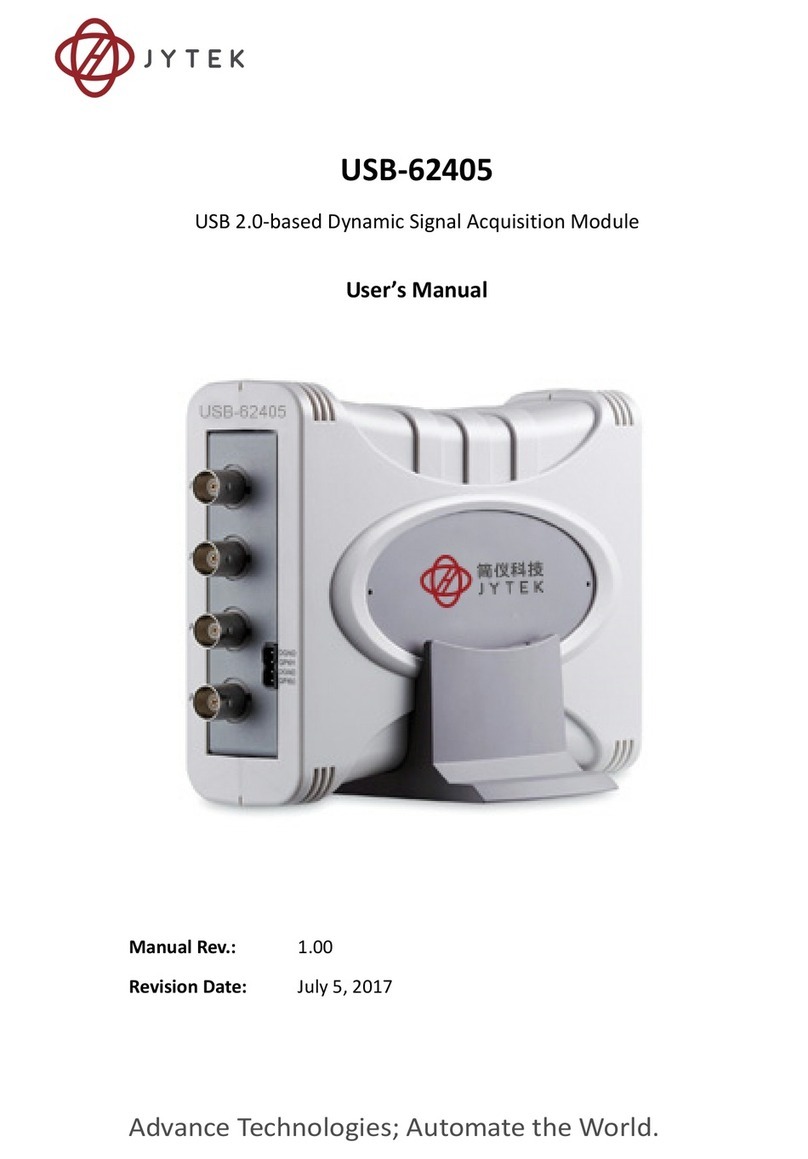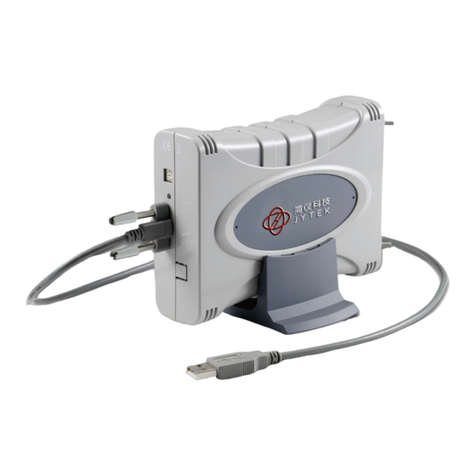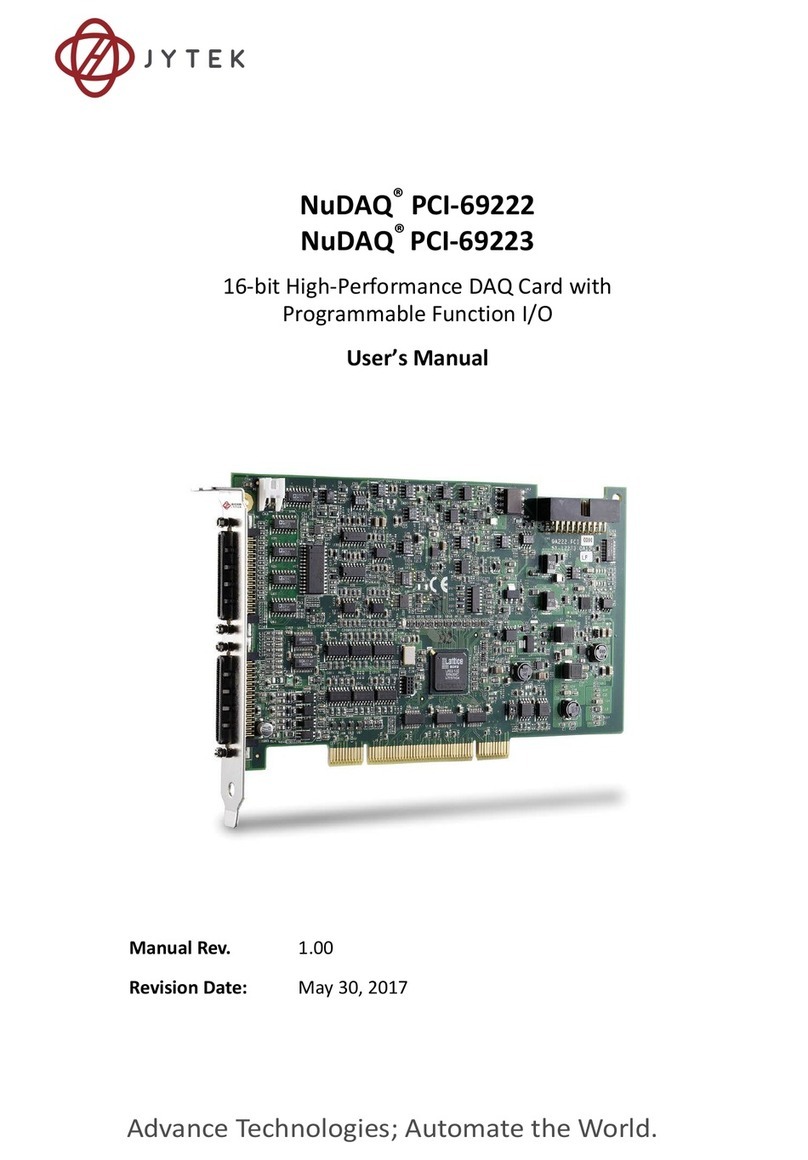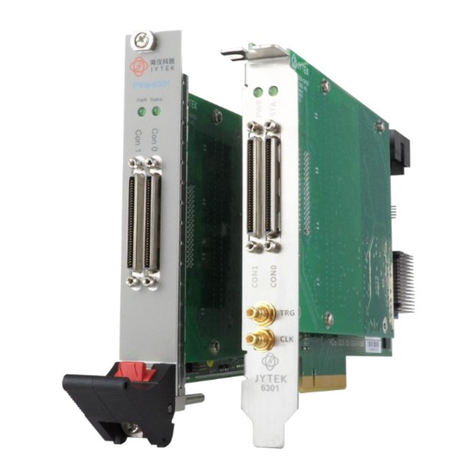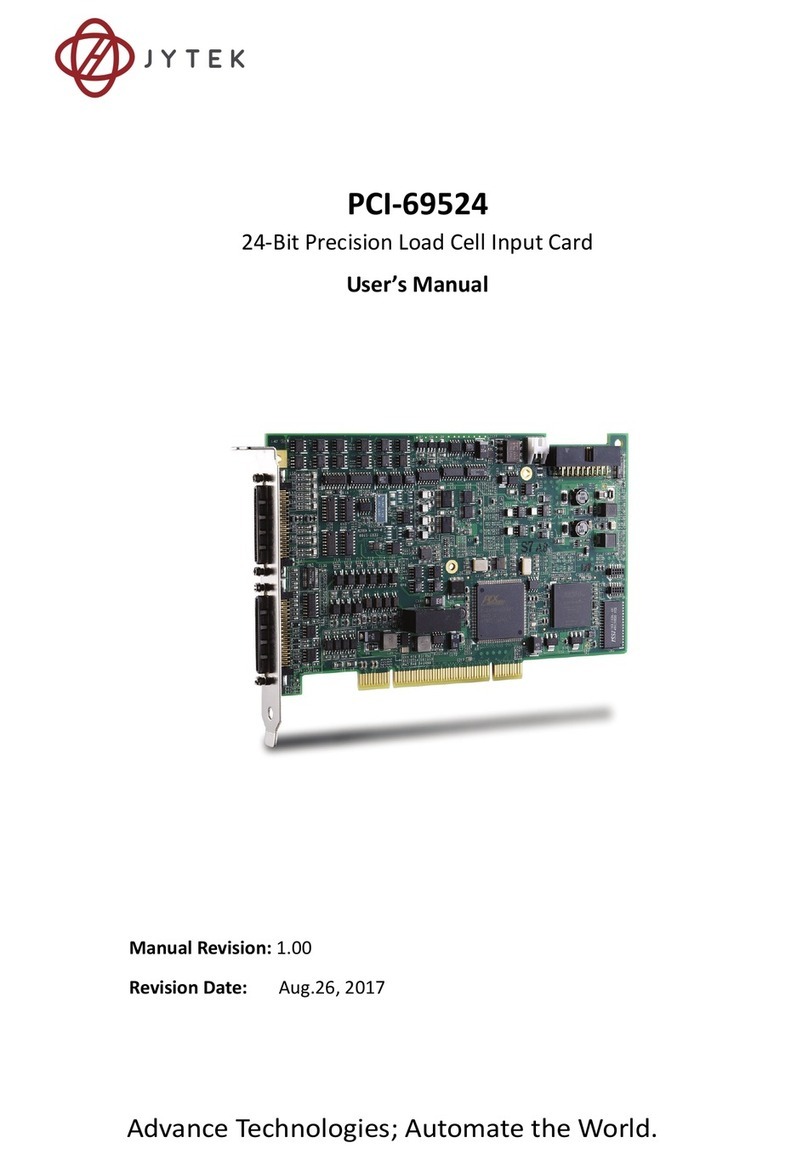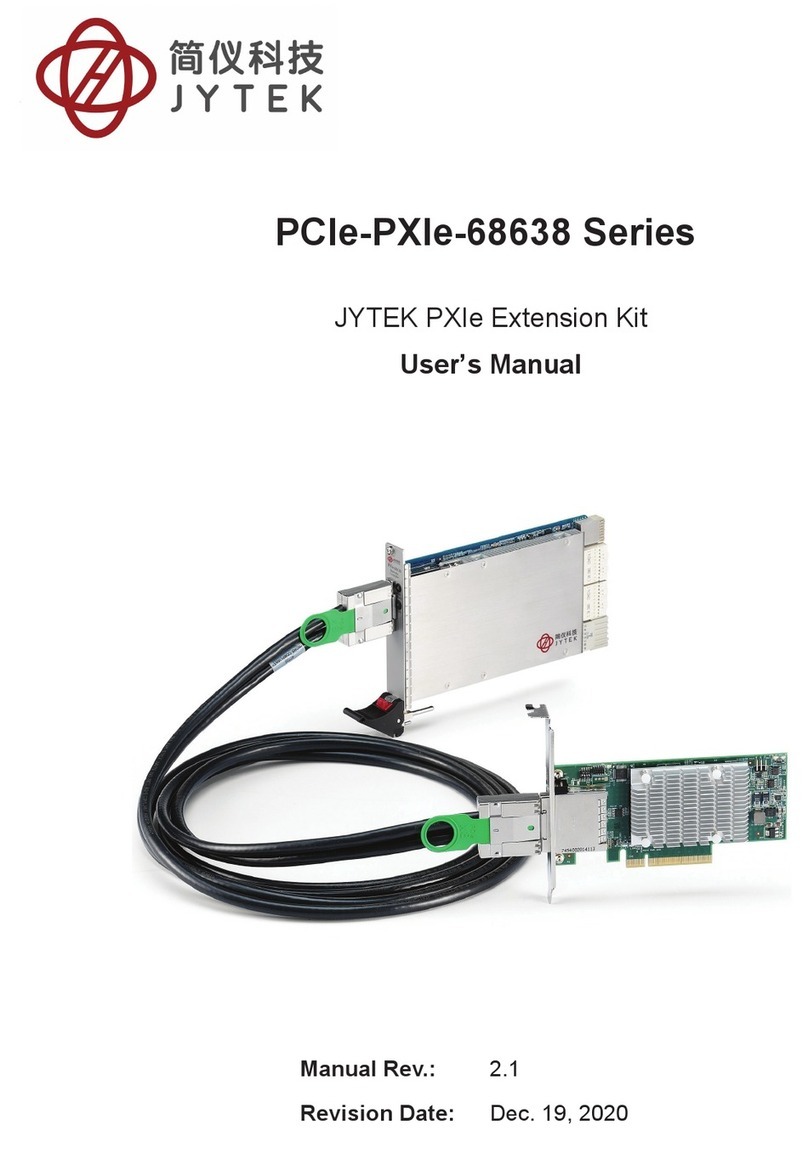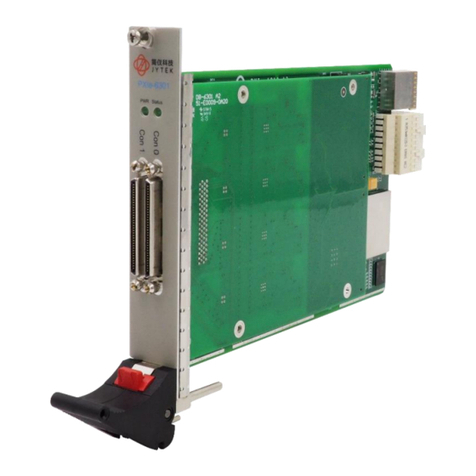
Table of Contents i
Table of Contents
Table of Contents............................................................................ i
List of Tables .................................................................................. iii
List of Figures................................................................................. iv
1 Introduction.............................................................................. 1
1.1 Features ......................................................................................... 2
1.2 Applications ................................................................................... 3
1.3 Specifications ................................................................................. 3
Optical Isolated Input Channel ................................................3
Optical Isolated Output Channel ..............................................4
General Specifications ..............................................................5
1.4 Supporting Software...................................................................... 5
Programming Library ................................................................6
2 Getting Started ......................................................................... 7
2.1 What You Have .............................................................................. 7
2.2 Unpacking ...................................................................................... 8
2.3 PCB Layout ..................................................................................... 9
PCI-6743X PCB Layout ..............................................................9
PXI-6743X PCB Layout ..............................................................9
2.4 Hardware Installation Outline ..................................................... 10
2.5 Device Installation for Windows Systems.................................... 12
2.6 PCI-67432, PXI-67432 Connector Pin Assignment ....................... 13
2.7 PXI-67432P Connector Pin Assignment ....................................... 15
2.8 PXI-67433 & PCI-67433 Connector Pin Assignment .................... 17
2.9 PCI-67434 Connector Pin Assignment ......................................... 19
2.10 PXI-67434P Connector Pin Assignment ....................................... 21
2.11 Jumpers Setting ........................................................................... 23
3 Registers ................................................................................. 25
3.1 PCI PnP Registers ......................................................................... 25
3.2 I/O Address Map.......................................................................... 26
3.3 Digital Input Register ................................................................... 27
3.4 Digital Output Register ................................................................ 28
4 Operation Theory.................................................................... 29
